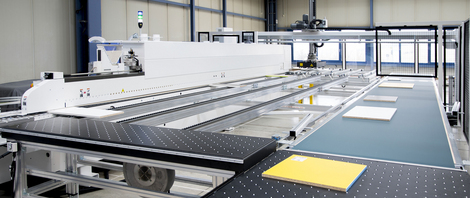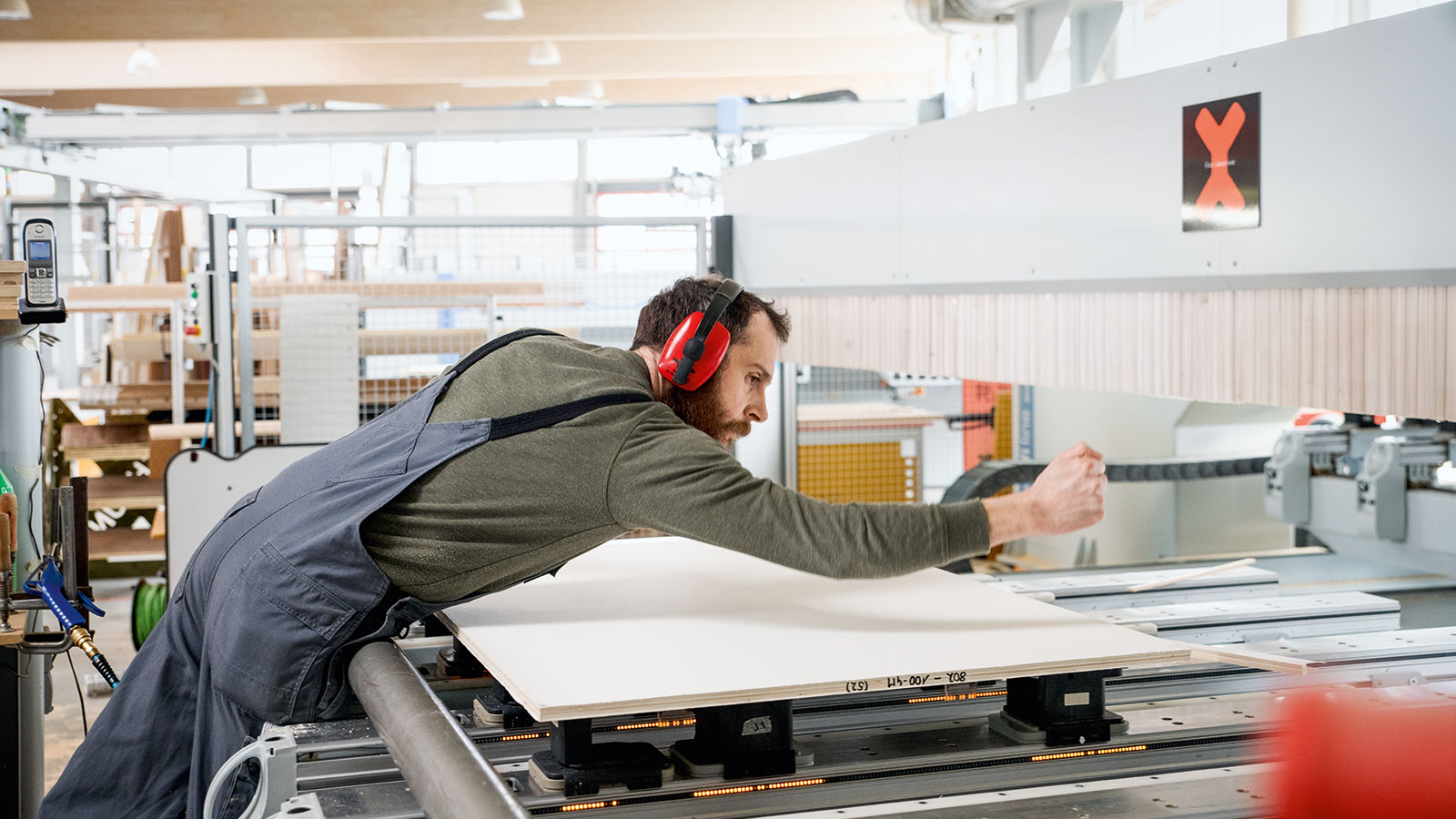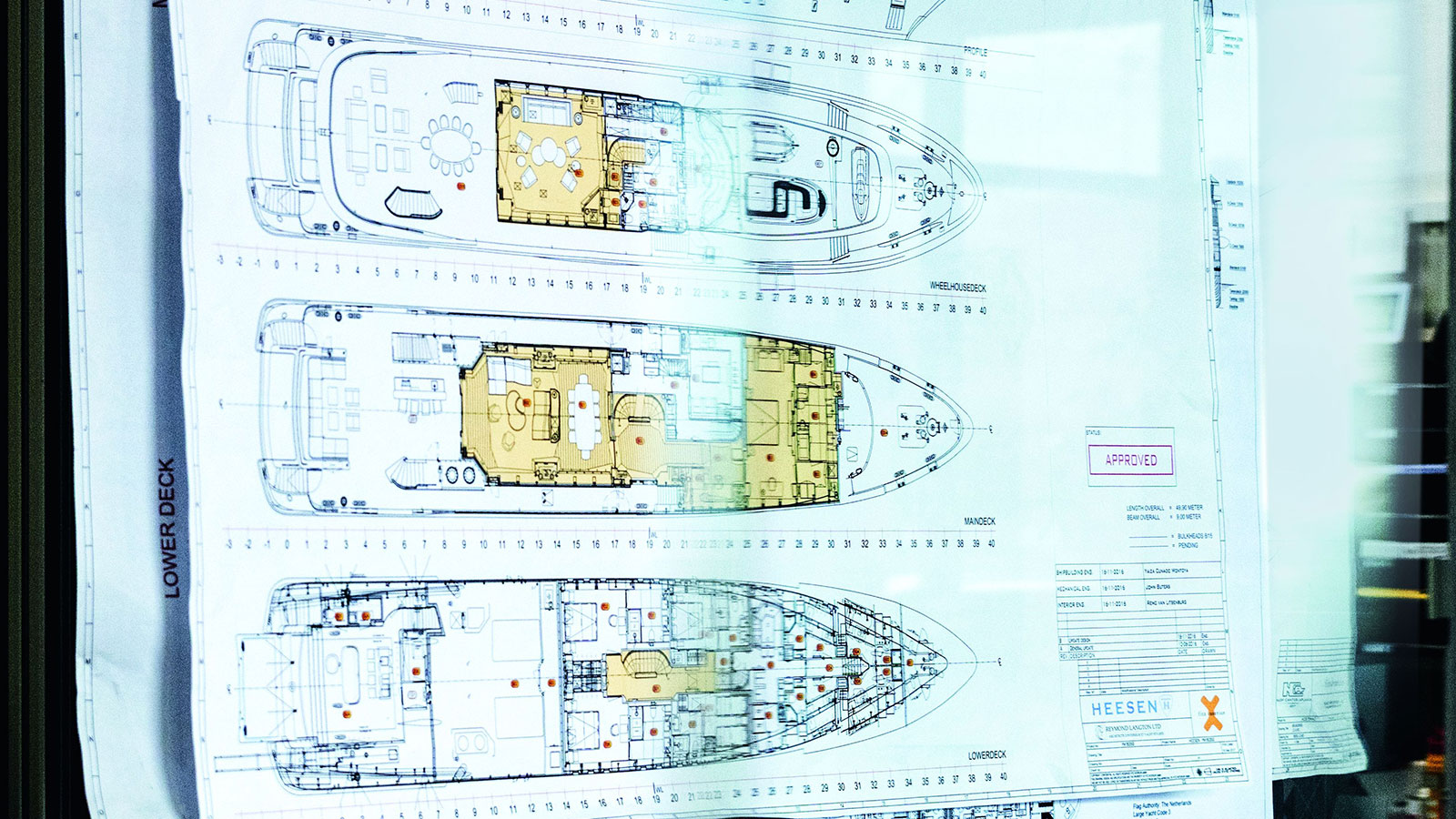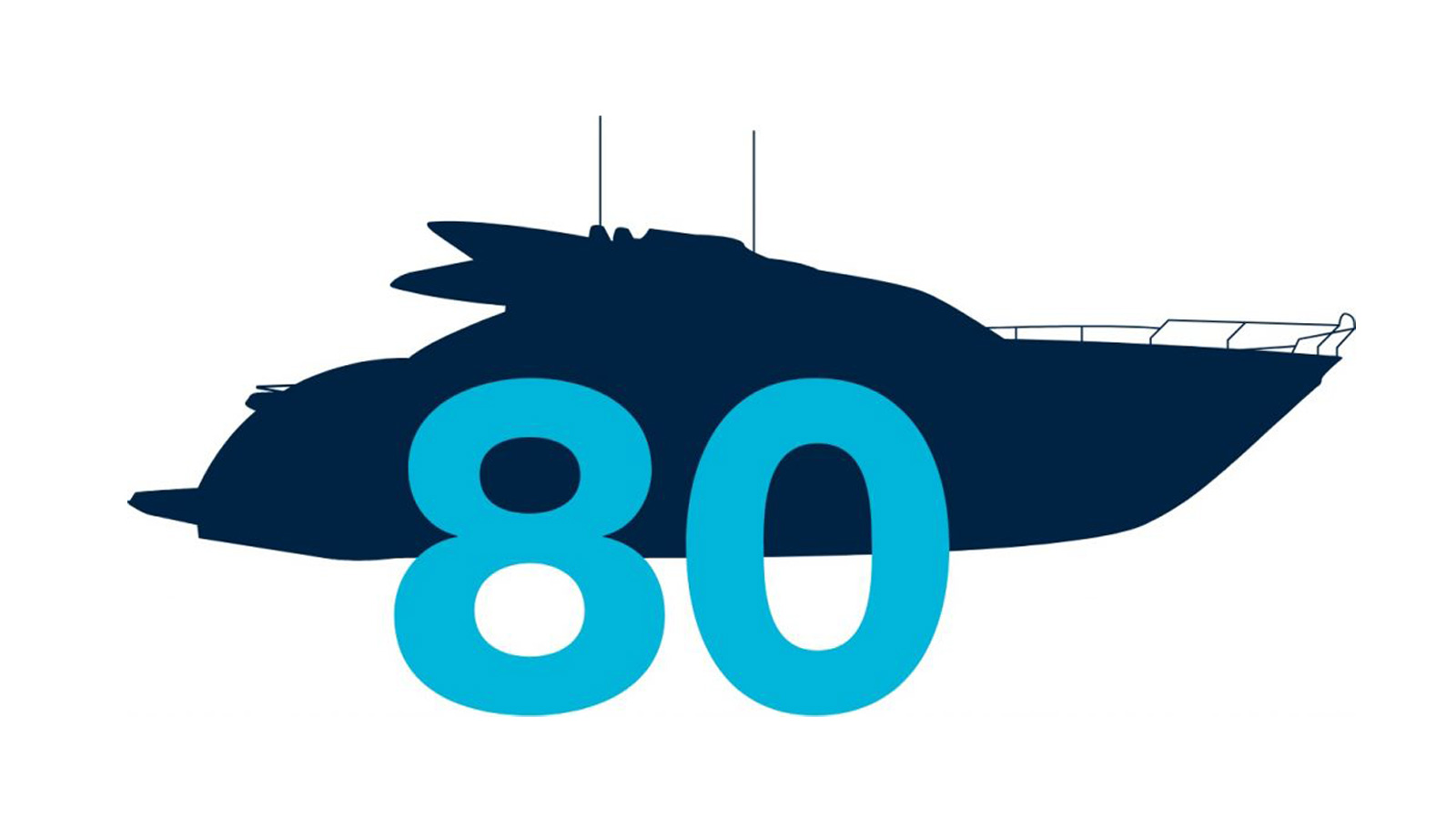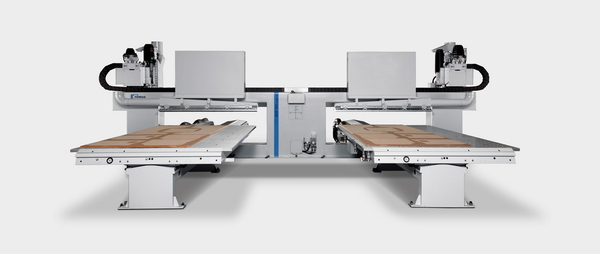
Fitz Interior builds the interiors for high-end yachts. The employees of this family-run business have honed their craft to perfection. The medium-sized company is also well prepared for the digital future, and machines from the HOMAG Group are always a key part of the mix.
Mertingen, north of Augsburg. This Swabian municipality is hundreds of kilometers away from the sea. The journey south to Venice or north to Ostend takes hours. But the sea is never far from the thoughts of Josef Fitz – it is the driving force behind the work he does every day. His company, Fitz Interior, was founded in 1956 by his father, and back then it was just a small carpentry business. Today, it is internationally renowned as one of the go-to companies for yacht interiors. A truly special manufacturing experience.
Here is how it all happened: In 1997, the Emir of Qatar commissioned a yacht. An architect got Fitz involved and his company built certain parts of the interior. The work was well-received and additional commissions followed, at first for entire cabins and then later for the complete interior of a boat. Fitz kept enhancing his skills, never said no, and his business grew. The Swabian carpenters became skilled and meticulous craftsmen, able to confidently tackle a variety of materials and tasks. They are now equally comfortable working with exotic woods or materials, dried banana leaves used as ceiling panels, marble, deerskin for the on-board cinema, furniture, electrics, plumbing and ventilation.
Each year, the 50 full-time employees and 40 freelance fitters now build the entire interior of a maximum of two or three luxury yachts measuring between 50 meters and 115 meters in length. The cost of one of these boats is at least EUR 100 million, and often much more than that. Josef Fitz – amiable, with a firm handshake and an air of casual sporty elegance – shows no signs of having let it go to his head that his extremely wealthy customers fly in by helicopter. As the managing director provides a tour of the modern production and assembly halls, he gives the impression of being a down-to-earth businessman and a passionate craftsman. “We are very involved in our commissions and outsource almost none of the work to subcontractors. This is the key to producing something outstanding.” He is happy to be hands on with painting and filling, and recently applied bronze overlay to a piece of furniture.
With hand and head
Craftsmanship is at the heart of Fitz Interior. The production hall is filled with employees wearing orange T-shirts bent over work tables. All totally dedicated to the task at hand, which may be delicate burl wood detailing, applying fiddly circular veneers, working with table inlays made from petrified wood (costing EUR 10,000) or applying a goat-leather covering to the headboard of a bed. They are supported in their work by the latest technology. Fitz always relies on the HOMAG Group, be it for CNC machining, sanding, edge gluing or his latest acquisition – a saw-storage combination. The reason for his loyalty is clear: “Our customers, quite rightly, expect the best – that is why we need the latest machines and the most reliable service.”
Panel storage is where production begins: Controlled as if by magic, a gripper suspended under the hall ceiling lowers, automatically finds the correct wooden panel and guides it to the saw. The control system assigns a barcode to the cut parts. The barcode contains all the data and information required for subsequent drilling, trimming or edge processing. This process ensures that production and logistics are both transparent and efficient. “We are currently in the process of fully networking all our machines, one by one,” explains Josef Fitz. “We expect to finish the work this year. We will then be able to digitally track the location of each specific part.”
The importance of having an overview like this becomes clear when you consider this statistic: The materials required to create the interior for a 75-meter yacht fill 80 trucks. Fitz needs to ensure optimum performance throughout the entire process, not just in terms of craftsmanship – until all parts have been fitted in the yacht and every precious vase and every cashmere cushion is in its rightful place. Success is only guaranteed if the company completes each and every step to perfection.
The future: digital all the way
For Josef Fitz, digitalization is not just a buzzword but a reality, and a way to help safeguard the future for his company. An example: Currently, all the interior fittings for a yacht are fully assembled in the assembly hall in Mertingen. This is where they are inspected by the owner, who requests any changes that might be required. Everything is then broken down again, modified as necessary, packed up and transported to the relevant shipyard. This is a huge undertaking. “In two years from now at the most, I would like to be at the stage where we are only assembling and demonstrating a few example pieces,” explains Josef Fitz – i.e. just one of the passenger cabins as a reference point, not all of them. The labor and cost savings for the company would be immense. In order to make this happen, the entire process must be digitally conceived and implemented, right from the planning and design stage. All data must be available in the IT system from the start to the end of yachtproduction. The data must also be able to be modeled and linked to production. Josef Fitz outlines the plan: “We are working on ensuring all data is fully integrated, from each drill hole right through to highly complex 3D designs; from the first drafts through to the final work at the shipyard construction site.” This is another area where the machines from the HOMAG Group can provide effective support. “Data storage and transfer is well-structured, consistent and secure. All software interfaces work smoothly.”
The businessman is quite optimistic about the future. Josef Fitz would like to take on 25 new employees, and “sooner rather than later.” There is a definite need to increase the workforce. He was recently able to appoint six master carpenters for the design and production team, but this is the exception rather than the rule as the region has almost full employment. So there is a lot for Fitz Interior to do. The order books are full, the market is booming and, in addition to yachts, the company would also like to focus more in future on interiors for villas and corporate headquarters. Despite all this, Josef Fitz maintains a relaxed, typically Swabian approach: “It’ll be fine.”
“Our customers, quite rightly, expect the best – that is why we need the latest machines and the most reliable service.”Josef Fitz, Managing Director Fitz Interior GmbH
More about Fitz Interior GmbH
Mertingen, north of Augsburg. This Swabian municipality is hundreds of kilometers away from the sea. But the sea is never far from the thoughts of Josef Fitz – it is the driving force behind the work he does every day. His company, Fitz Interior, was founded in 1956 by his father, and back then it was just a small carpentry business. Today, it is internationally renowned as one of the go-to companies for yacht interiors. A truly special manufacturing experience.
www.fitzinterior.com

